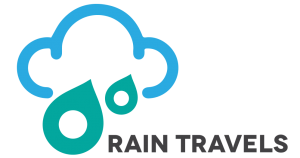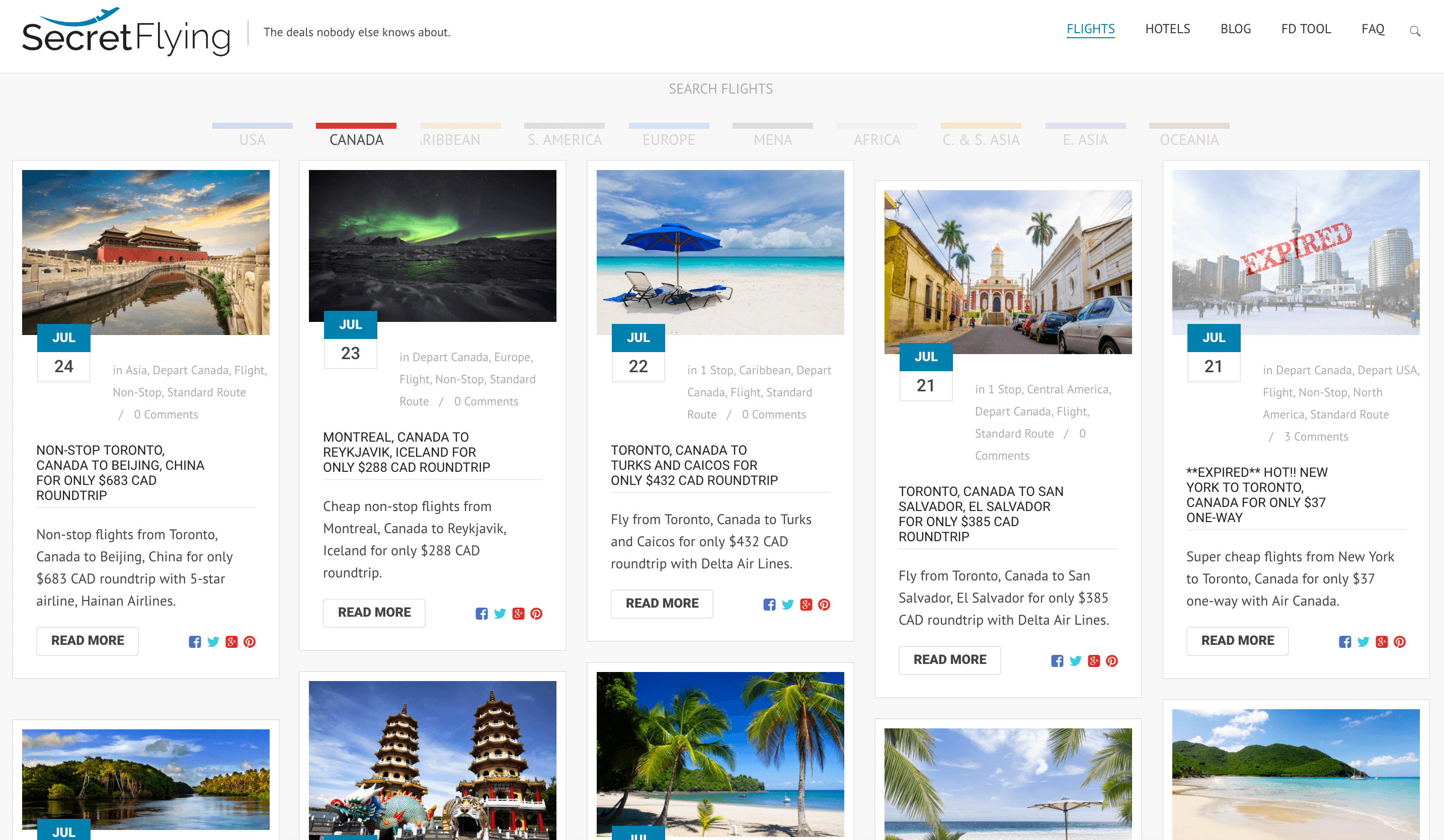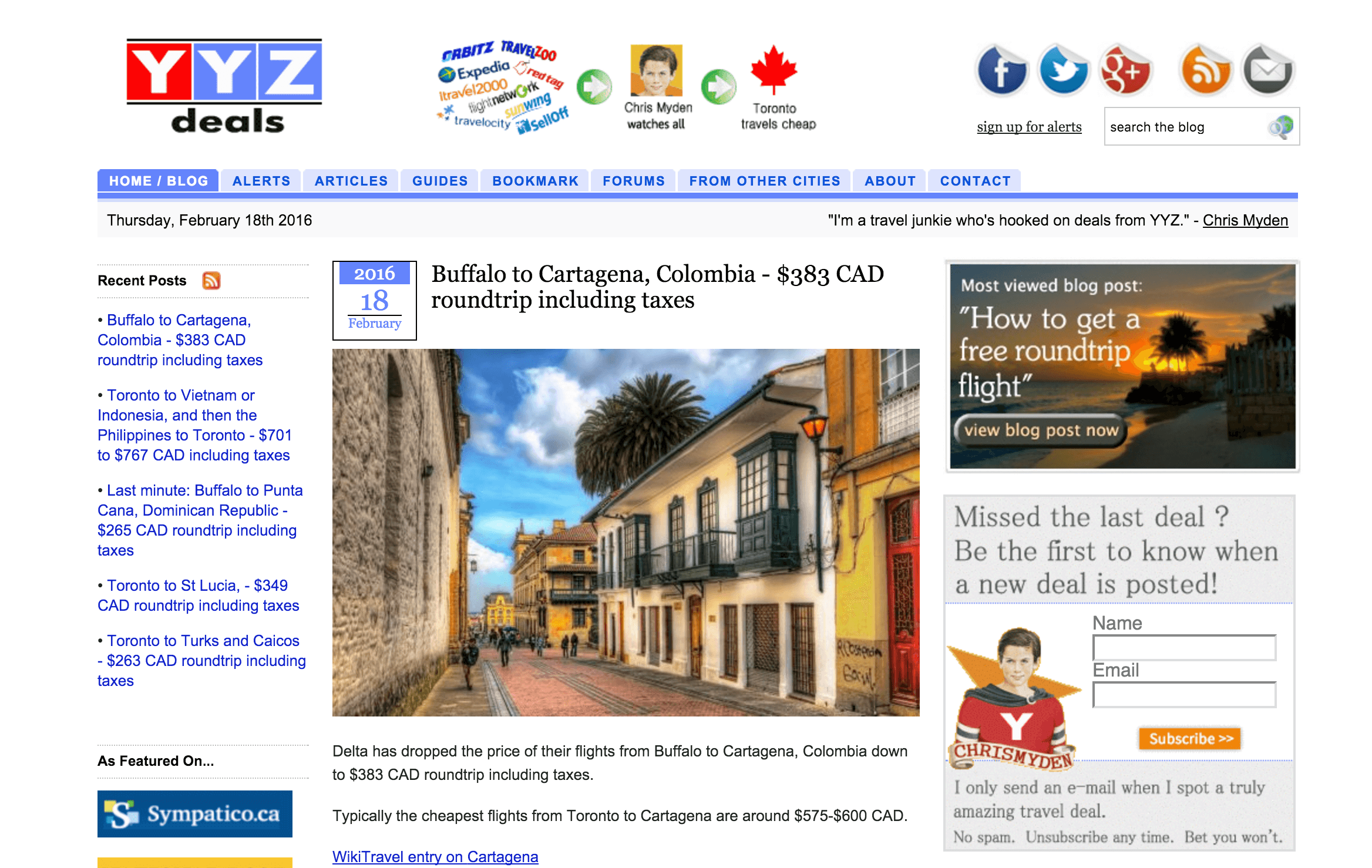How Tourism Boards and Airlines Should Work Together to Increase Demand by Leveraging Airfare Tracking Websites (ATWs).
An Introductory Report by Rain Digital Inc. and RainTravels.com. PDF available here.
With the rise of Google Flights, ITA Software and other similar tools, it is now significantly easier to search and compare airline pricing. This has lead to the rise of Airfare Tracking Websites (ATWs), which originally shot to popularity for publicizing mistake airfares. Some are listed below:
Canada:
http://www.yyzdeals.com
http://www.nextdepature.ca
U.S.:
http://www.airfarewatchdog.com/
https://flightfox.com/
http://www.secretflying.com/
These sites crawl the web for airfares that fall below its moving averages. For example, if a flight from New York to Tokyo averages $900 during off-peak season, but one becomes available for $650 or less, this would trigger an alert to the above ATWs who would then post it to their sites as a flight deal. This in turn gets seen by thousands of the sites’ followers through email and social media.
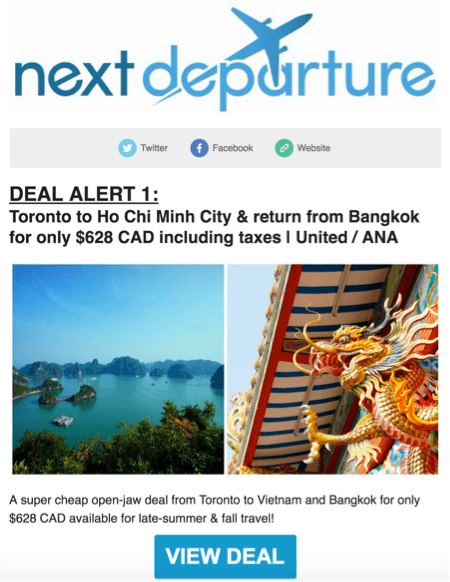
Getting Posted
It goes without saying that in order to get posted on these sites, the airlines simply need to reduce their airfares enough to get noticed; a tactic already employed by airlines (hey, at the end of the day it’s free advertising).
The Other Player
Taking a step back, let’s take a look at the role of Tourism Boards. Most countries or regions have one that are usually funded by its respective Tourism Ministry or government body. The Board’s goal? To increase awareness and ultimately increase tourism to the country/region. This ‘awareness creation’ can take the form of advertising, PR, sponsored events, and conventions to name a few. The problem with most of these tactics is that it’s hard to measure its effectiveness and to track back the results to a specific campaign.
The Board Math
Although not a perfect science, the effectiveness of a Tourist Board can be measured by the below.
X = Total visitors for the period (usually yearly)
Y = Number of estimated visitors that would come regardless of the Board’s efforts
$ = Total board budget
Therefore, the average cost of ‘acquiring’ a new visitor = $/(X-Y)
Once this figure is known, it must be compared against the estimated economic benefit of an additional tourist to determine the return-on-investment (ROI) generated from the respective Board’s efforts.
The Play
By working with the airlines, Tourist Boards can effectively control the demand for its destination by subsidizing flights. By subsidizing flights, it will get a chosen flight route/fare listed on the ATWs and the Board only incurs the expense if someone books the flight.
To be clear, it is up to the Board to decide what days and what route to subsidize and how much. By working with the airlines to forecast future loads, this allows the Boards and airlines to provide an incentive to fill off-peak travel periods to its destinations with travellers from targeted cities.
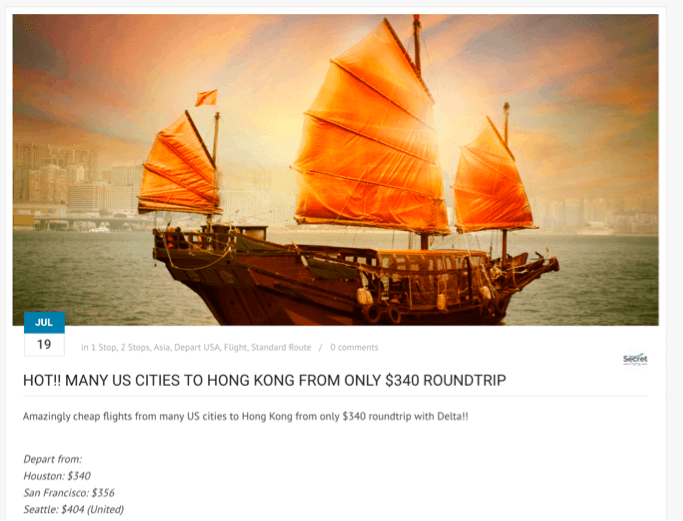
More Math
It is not about getting the Boards to spend more money, but merely adjusting the existing marketing budget to include these subsidies. The potential effectiveness of subsidizing flights can be measured as follows:
First, determine the current cost of acquiring a new traveller (as per the previous formula). For the purpose of this report, let’s say it is $150.
So instead of spending the $150 on other marketing tactics, this is shifted to the airlines as a subsidy. In addition, it should be possible to negotiate an additional discount from the airline (it is a partnership after all!).
Once this discount goes live, it will only be a matter of time before the ATWs pick it up and start to spread the word. As mentioned already, the Board only incurs the cost if someone books.
So the big question is: Is the additional economic benefit of the additional tourist worth the cost of the flight subsidy? The easiest way to measure this is to take the average spend of a tourist (excluding the flight) and put it up against the cost of the subsidy. Let’s assume that spend number is $600.
$600 – $150 = $450 Net Benefit
The Board now has to determine whether the difference is acceptable based on its goals. i.e. What is the ideal ROI of a tourist? The one thing to keep in mind is that the cost of the subsidy would have been used elsewhere (e.g. PR, advertising, etc.) and should be considered a sunk cost regardless of how it is spent.
So Who Are These ATW Users?
It is important to note the users of these ATWs. For the most part, they fall in the Millennial category (18 – 34 year olds) and are known to be spontaneous travellers. They are the generation that will pick-up and go on a whim due to their limited obligations at home (not to mention many still live at home with their parents) and put experiences ahead of material possessions.
This is not to say that the older generations aren’t catching on either. Many will choose their next destination based on airfare sales, whereas traditionally the destination was chosen first.
Another interesting point is that once a destination is posted on the ATWs, the internet searches for these destinations increase as users mull over possible ‘things to do’ if they were to capitalize on the flight deal. So the subsidies not only provide an incentive to book a flight, but also drives awareness of the destination.
Summary of Benefits
- Guaranteed travellers – Since the Board only incurs the cost if a flight is purchased, subsidies guarantee to bring in additional tourists.
- The ability to target specific dates – subsidies can be used to increase tourism on specific dates where lower travel is expected.
- Free advertising – Not only do the Boards get free placements on the ATWs, but a collateral benefit is that internet search for a given destination increases after being posted.
- The ability to target specific countries/cities – Boards can now target travellers from specific cities/countries by subsidizing targeted flight routes. This is especially handy if there is research that shows which citizens spend more in a given destination compared to citizens of other countries.
- Better analytics – Unlike other marketing tactics, the effectiveness of a subsidy can be accurately measured for each subsidized route, including how long each traveller stayed before flying home.
Conclusion
By adding flight subsidies to the marketing mix, Tourism Boards can get additional net-new tourists to its destinations without incurring any additional costs. In return, it guarantees tourism and it also offers better analytics than the traditional marketing tactics allowing for quick and easy success measurement.
